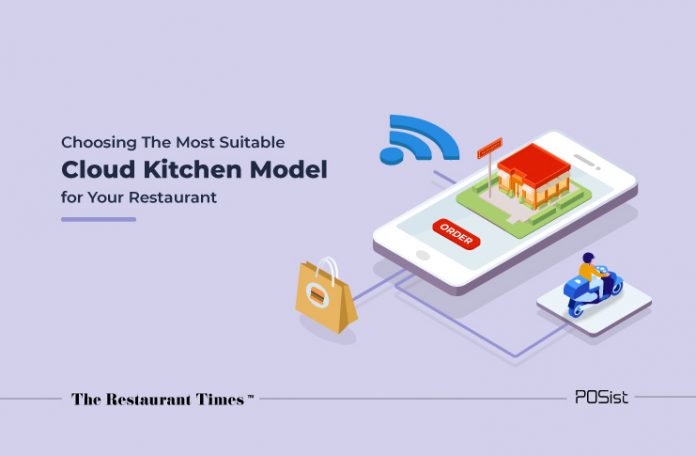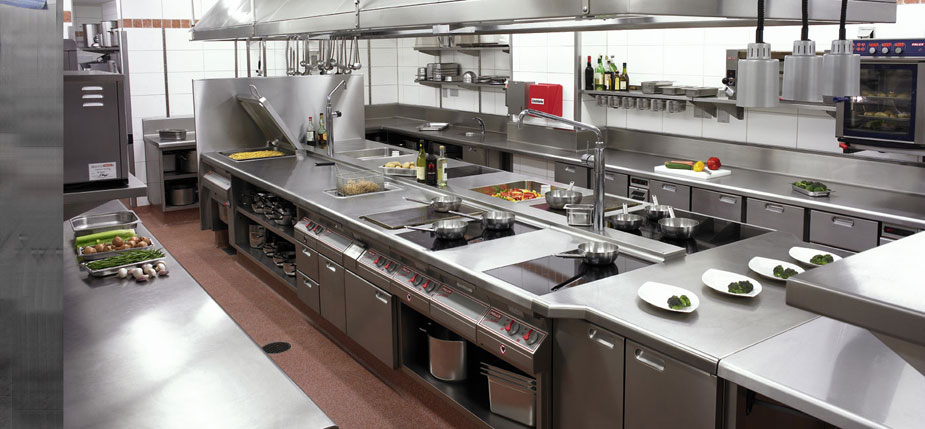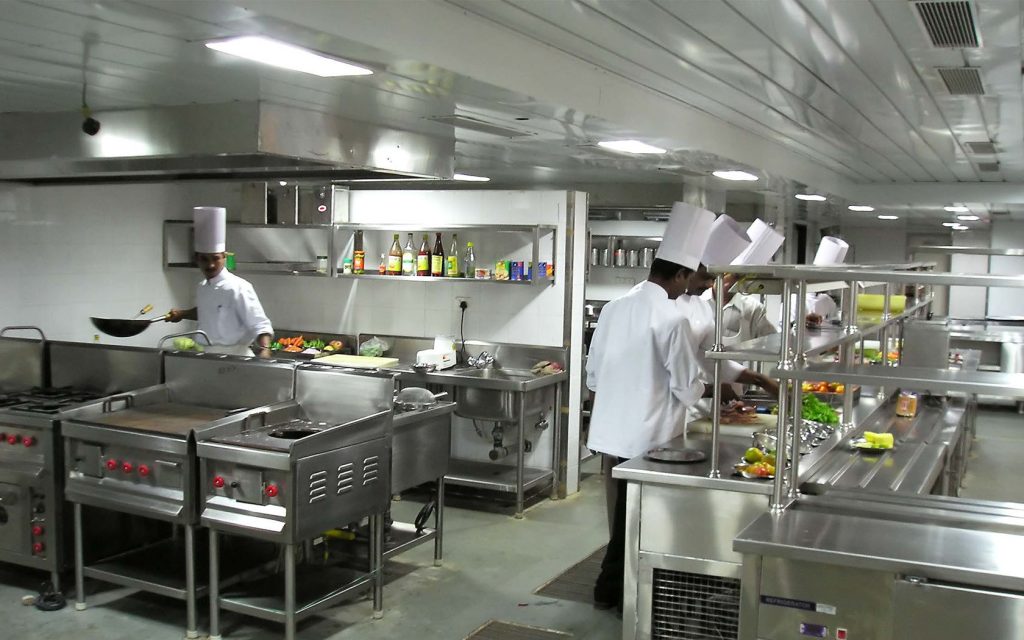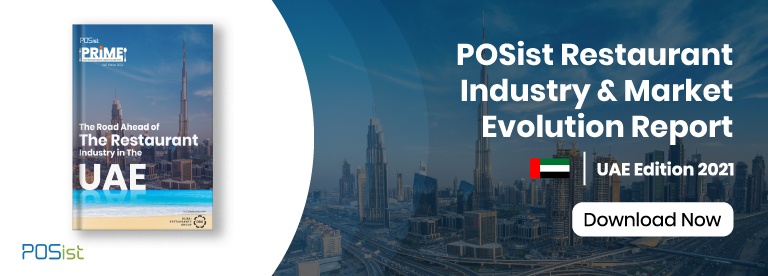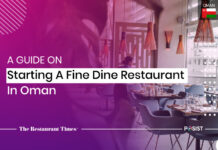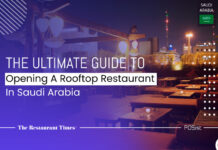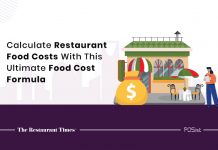Due to the ongoing COVID crisis and changing customer preferences, on-demand food delivery has brought unprecedented convenience for customers, better survival for restaurants, and has also given birth to several spin-off businesses, thus making it one of the most growing industries globally. According to statistics, revenues of the Online Food Delivery segment in Saudi Arabia are projected to reach US$1,556m in 2020. A cloud kitchen, also known as a ghost kitchen, dark kitchen, virtual restaurant, is a delivery-only outlet that accepts orders online, without any dine-in or takeaway facility. Cloud kitchens are typically located in low-cost yet high customer demand areas that help restaurant operators cut down on the overheads. Since the cost of rent and labor is significantly less, it gives the new and established restaurant businesses the liberty to venture into new markets and scale operations quickly. The humble cloud kitchen model has now transformed into different models and each model can be well suited for your restaurant’s requirements. Let’s discuss them in detail below.
Choosing The Cloud Kitchen Model According To Your Restaurant Business’ Requirement
To cater to the growing popularity of on-demand food delivery, the cloud kitchen business model has evolved and undergone diversification into different models.
1. Standalone Kitchens
For aspiring restaurateurs, cloud kitchens seem like the best way to venture into the business. The Cloud kitchen model solves the problem of distribution as they are a faster way of entering a new market in the same city where the brand is already established. Since you no longer need to set up a Front-Of-The-House, the cost of opening a cloud kitchen comes down to one-third compared to that of a dine-in outlet and is also more profitable than a physical restaurant.
Expansion via cloud kitchens is the easiest and the most feasible way to grow the business quickly. While many standalone cloud kitchen chains are profitable, established restaurant brands now prefer to open a cloud kitchen in a new market instead of a physical outlet. This helps the brand expand its footprint in new geographies without investing as much in real estate.
2. Kitchen As A Service
To solve the problem of independent cloud kitchens facing losses, Kaas (Kitchen As A Service) offers a standard infrastructure and equipment to cloud kitchen brands. These are shared kitchen spaces where multiple brands can operate within the same infrastructure, which brings down the CapEx cost.
These are located at high demand and relatively low supply areas and are able to capture the market. Further, these kitchen spaces are fully compliant which reduces the hassle of getting permits and licenses. The brands operating from these kitchens can also leverage a better deal with the aggregators since the cost of delivery drops as multiple orders can be picked up from these hubs in the same period of time.
The ease of starting up a business from these KaaS hubs has accounted for their vast popularity. A restaurant brand only needs to bring in their staff and the raw material, and they can set up operations from day 1 with minimal hassles.
3. Multi-Brand Cloud Kitchen Concept
The standalone cloud kitchen model that serves a single cuisine is highly restricted in terms of product diversity. Customer frequency is typically low in the F&B business for the same brand as people get bored with the same food quickly and like to try out new things. Introducing menu innovation becomes critical to keep customers hooked.
Launching cuisine-specific brands is one of the most feasible ways to expand and increase the customer base. The cloud kitchen business model gives restaurants the flexibility to launch multi-brand kitchens. They list multiple brands with online food aggregators and run the operations for all the brands from the same kitchen. The kitchen and infrastructure for all the brands remain the same in this case, and even the food may be prepared by the same chef.
Having multiple brands allows the company to offer a specialization in each cuisine and attract customers better. This way, higher-priced menu items, and consequently, higher profit margin items, can also be introduced in the market. This business model’s success stems from the fact that customers typically prefer to order from a brand that specializes in a specific cuisine instead of a restaurant that offers everything. The multi-brand cloud kitchen model enables companies to utilize the same infrastructure to cater to a wider audience and sell more to the existing customers.
4. Operator Managed Cloud Kitchens
Acknowledging the power of the cloud kitchen business model, a number of cloud kitchen operators are coming up that are running the restaurant business on behalf of the existing or upcoming brands. The cloud kitchen operator creates the kitchen infrastructure and invites various brands to operate from the kitchen. It provides the kitchen, equipment, and utilities and takes the onus of food preparation as well.
The relationship with the online food aggregators and the logistics is also handled by the kitchen operator. This becomes extremely beneficial for established restaurant brands looking to enter a new market or expand their operations since the cost of expansion is significantly less, and the kitchen operator handles the entire operation.
5. Aggregators Ventured Cloud Kitchen Model
In this cloud kitchen model, the aggregators provide the infrastructure, equipment, and utilities required for the cloud kitchen operations; however, the management of operations is still taken care of by the brand. The restaurant brands get more geographical scalability in this case, and also more visibility through the aggregators.
The aggregators use the demographic data for demand mapping for specific cuisines, and position the cloud kitchen as per the customer demands. Backed by data and economies of scale, the chances of failure are minimized in the otherwise volatile restaurant industry. They are also able to generate more orders from their partner brands and increase the overall in-app traffic.
Although cloud kitchens are cheaper to set up, reaching break-even may be harder than traditional restaurants, especially if you are just starting up and have little capital. Therefore, it is essential to know the customer base, develop an innovative menu, and choose the right cloud kitchen model that sets your brand apart from other players in the Saudi Arabia market!


